Table of content
Introducing shrimp into your baby’s diet can be a game-changer for their nutrition. Packed with protein, omega-3 fatty acids, iron, and zinc, shrimp is a powerhouse of essential nutrients that support brain development, immune function, and overall growth. However, preparing shrimp for babies requires careful attention to safety, texture, and flavor to ensure it’s both appealing and age-appropriate. This guide dives deep into the best practices for cooking shrimp for infants, along with 15+ creative, baby-friendly recipes that cater to different ages and stages. From purees to finger foods, these dishes will make mealtime exciting and nourishing.
Why Shrimp is Great for Babies
Shrimp is a lean source of protein, which is vital for muscle development and tissue repair. Its omega-3 content, particularly DHA, aids in brain and eye development. Additionally, shrimp provides iron, which prevents anemia, and selenium, a mineral that supports thyroid function. For babies transitioning to solid foods, shrimp’s mild sweetness and soft texture (when cooked properly) make it an ideal ingredient to explore.
However, shrimp is also a common allergen. The American Academy of Pediatrics recommends introducing allergenic foods early, around 6 months, to reduce the risk of developing allergies. Always consult your pediatrician before adding shrimp to your baby’s diet, especially if there’s a family history of food allergies.
Safety First: Preparing Shrimp for Babies
- Sourcing Shrimp: Opt for wild-caught or sustainably farmed shrimp to minimize exposure to antibiotics and pollutants. Fresh or frozen shrimp works equally well—just ensure it’s thoroughly thawed before cooking.
- Cleaning and Deveining: Remove the shell and vein (the dark digestive tract) to eliminate choking hazards and bitterness. Rinse the shrimp under cold water.
- Cooking Method: Steaming or boiling is best for babies, as these methods retain nutrients without adding fats. Avoid frying or heavy seasoning.
- Texture: For younger babies (6–9 months), puree or mash cooked shrimp until smooth. For older babies (10+ months), offer soft, bite-sized pieces as finger food.
- Choking Hazards: Always supervise mealtime and cut shrimp into tiny pieces (no larger than a pea) for babies learning to self-feed.
Shrimp Recipes for Babies, Segmented by Age
6–8 Months: Smooth Purees and Mashes
Steamed Shrimp and Sweet Potato Puree
Ingredients:
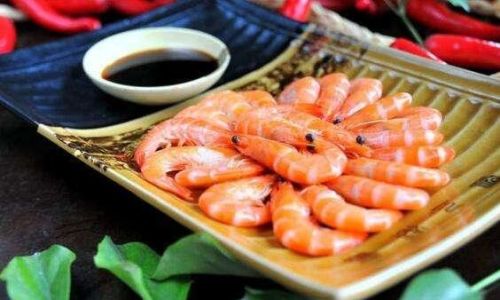
- 2 medium sweet potatoes, peeled and cubed
- 4 oz shrimp, peeled and deveined
- 1/4 cup breast milk/formula or water
Instructions:
- Steam sweet potatoes until tender (15–20 minutes).
- In a separate pot, boil shrimp for 3–4 minutes until opaque.
- Blend sweet potatoes, shrimp, and liquid until smooth. Add more liquid if needed.
Shrimp and Avocado Mash
Ingredients:
- 2 oz cooked shrimp
- 1/2 ripe avocado
- 1 tsp lime juice (optional)
Instructions:
- Mash avocado with a fork.
- Finely chop cooked shrimp and mix into the avocado.
- Add a dash of lime juice for flavor (if your baby tolerates citrus).
9–12 Months: Softer Textures and Combinations
Shrimp, Pea, and Carrot Medley
Ingredients:
- 1/4 cup peas (fresh or frozen)
- 1 small carrot, diced
- 2 oz shrimp, chopped
- 1 tsp olive oil
Instructions:
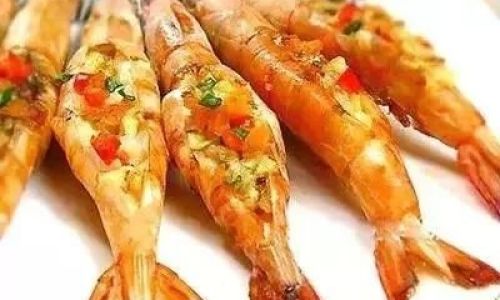
- Steam peas and carrots for 10 minutes.
- Sauté shrimp in olive oil for 2–3 minutes.
- Combine all ingredients and mash lightly with a fork. Serve warm.
Shrimp and Quinoa Baby Bowl
Ingredients:
- 1/4 cup quinoa, rinsed
- 1/2 cup low-sodium vegetable broth
- 2 oz shrimp, diced
- 1 tbsp frozen corn
Instructions:
- Cook quinoa in broth until fluffy (15 minutes).
- Add shrimp and corn to the pot in the last 3 minutes of cooking.
- Fluff with a fork and let cool before serving.
12+ Months: Finger Foods and Family-Style Meals
Mini Shrimp Pancakes
Ingredients:
- 1/4 cup cooked shrimp, finely chopped
- 1/4 cup grated zucchini
- 1 egg (or flaxseed egg for egg-free option)
- 2 tbsp whole-wheat flour
- 1 tsp olive oil
Instructions:
- Mix all ingredients in a bowl.
- Heat oil in a pan and drop spoonfuls of batter to form small pancakes.
- Cook 2–3 minutes per side until golden. Serve with a side of mashed avocado.
Shrimp and Broccoli Fritters
Ingredients:

- 1/2 cup broccoli florets, steamed and chopped
- 2 oz shrimp, cooked and minced
- 1/4 cup breadcrumbs
- 1 egg yolk
Instructions:
- Combine all ingredients in a bowl.
- Form into small patties and pan-fry in a nonstick skillet until crispy.
One-Pot Shrimp and Rice
Ingredients:
- 1/4 cup basmati rice
- 1/2 cup water or low-sodium broth
- 2 oz shrimp, diced
- 1/4 cup diced bell pepper
Instructions:
- Sauté bell pepper in a pot for 2 minutes.
- Add rice, broth, and shrimp. Bring to a boil, then simmer for 15 minutes.
- Fluff and serve as a finger food or with a spoon.
Creative Twists for Picky Eaters
Shrimp “Sushi” Bites
Ingredients:
- Nori seaweed sheets
- Cooked sushi rice
- 2 oz shrimp, sliced lengthwise
- Cucumber strips
Instructions:
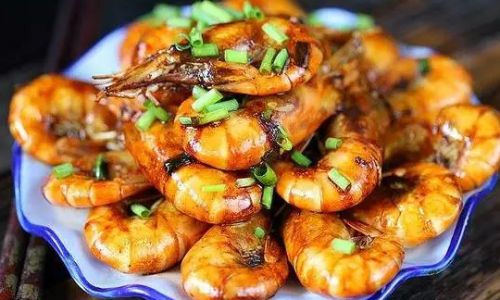
- Spread rice on a nori sheet, layer with shrimp and cucumber, and roll tightly.
- Slice into bite-sized pieces. Remove the nori for younger babies.
Hidden Shrimp Meatballs
Ingredients:
- 4 oz shrimp, ground
- 1/4 cup grated zucchini
- 1 tbsp oats
- 1 tsp parsley (optional)
Instructions:
- Mix all ingredients and form into tiny meatballs.
- Bake at 375°F (190°C) for 12–15 minutes.
Storage and Meal Prep Tips
- Freeze Portions: Cook shrimp in bulk and freeze individual servings in ice cube trays. Transfer to freezer bags once frozen.
- Reheating: Thaw frozen shrimp purees in the refrigerator overnight. Reheat gently on the stove or in a microwave, stirring to avoid hotspots.
- Shelf Life: Cooked shrimp lasts 3–4 days in the fridge and 2–3 months in the freezer.
Frequently Asked Questions
Q: When can I introduce shrimp to my baby?
A: Around 6–8 months, once solid foods are established. Check for allergies by offering a small amount and waiting 3–5 days before introducing new foods.
Q: How do I know if my baby is allergic to shrimp?
A: Symptoms include hives, vomiting, or difficulty breathing. If any occur, stop feeding shrimp immediately and consult a doctor.
Q: Can I use frozen shrimp?
A: Yes! Frozen shrimp is often fresher than “fresh” supermarket varieties. Thaw it overnight in the fridge or under cold running water.
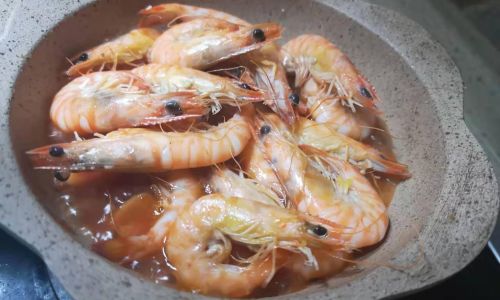
Q: What if my baby refuses shrimp?
A: Mix it with familiar flavors like sweet potato or avocado. Reintroduce it after a week—tastes change rapidly in infancy.
Conclusion
Shrimp is a versatile, nutrient-dense food that can elevate your baby’s diet when prepared thoughtfully. By focusing on safety, texture, and creativity, you can turn this seafood staple into meals your little one will love. Whether blended into a silky puree or shaped into playful finger foods, these recipes ensure your baby gets the most out of every bite. Always prioritize fresh ingredients, monitor for allergies, and most importantly, enjoy the journey of introducing new flavors to your child’s palate!
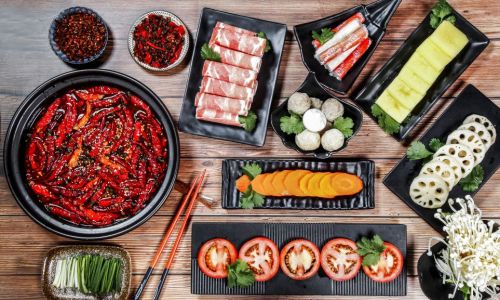
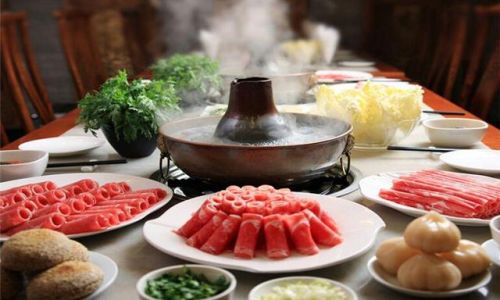
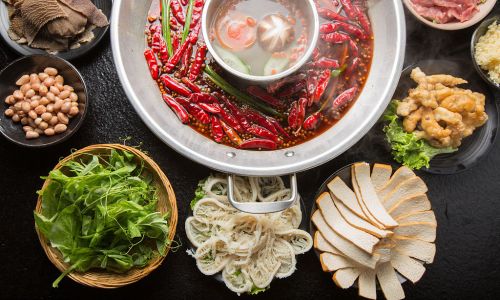
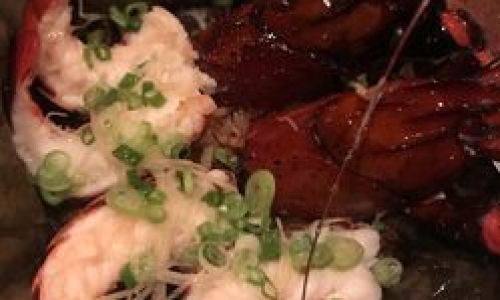
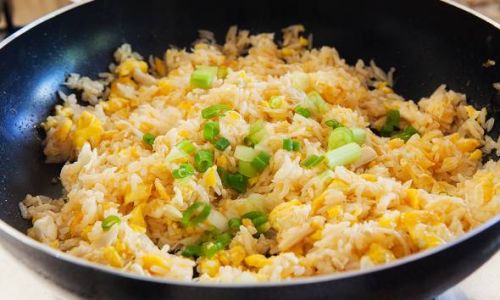
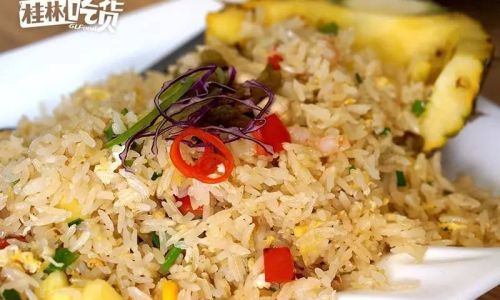
0 comments